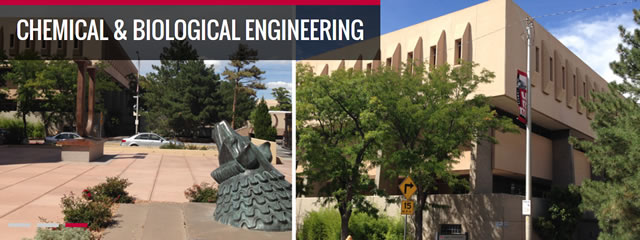
Chemical and Biological Engineering ETDs
Publication Date
Winter 1-15-2019
Abstract
Sandia National Laboratories has used substoichiometric titanium hydride as a pyrotechnic fuel for decades. Production of titanium subhydride requires partial dehydriding of titanium hydride powder and subsequent chemical passivation to render the resultant bare titanium surface nonreactive and the powder non-pyrophoric. Novel passivation techniques, using a gas other than air, have been suggested in the past but have never been investigated. This work examines the reaction kinetics of titanium subhydride with three passivating agents, nitrogen, oxygen, and propane. These passivation experiments took place under isothermal conditions (420 ˚C) with varied dehydriding and passivation time periods. It was found that the kinetic model for these reactions demonstrated a combination of logarithmic and parabolic mass gain terms. Post reaction material characterization showed that the each passivation method resulted in a titanium oxide surface layer. This work concludes that these passivation techniques result in minimal differences in surface characteristics.
Keywords
pyrotechnic, national laboratory, oxidation, titanium
Document Type
Thesis
Language
English
Degree Name
Chemical Engineering
Level of Degree
Masters
Department Name
Chemical and Biological Engineering
First Committee Member (Chair)
Fernando Garzon
Second Committee Member
Daniel Bufford
Third Committee Member
Randall Schunk
Recommended Citation
Strobert, Erik C. Jr. "Reaction of Titanium Subhydride with Multiple Passivating Gasses." (2019). https://digitalrepository.unm.edu/cbe_etds/82
